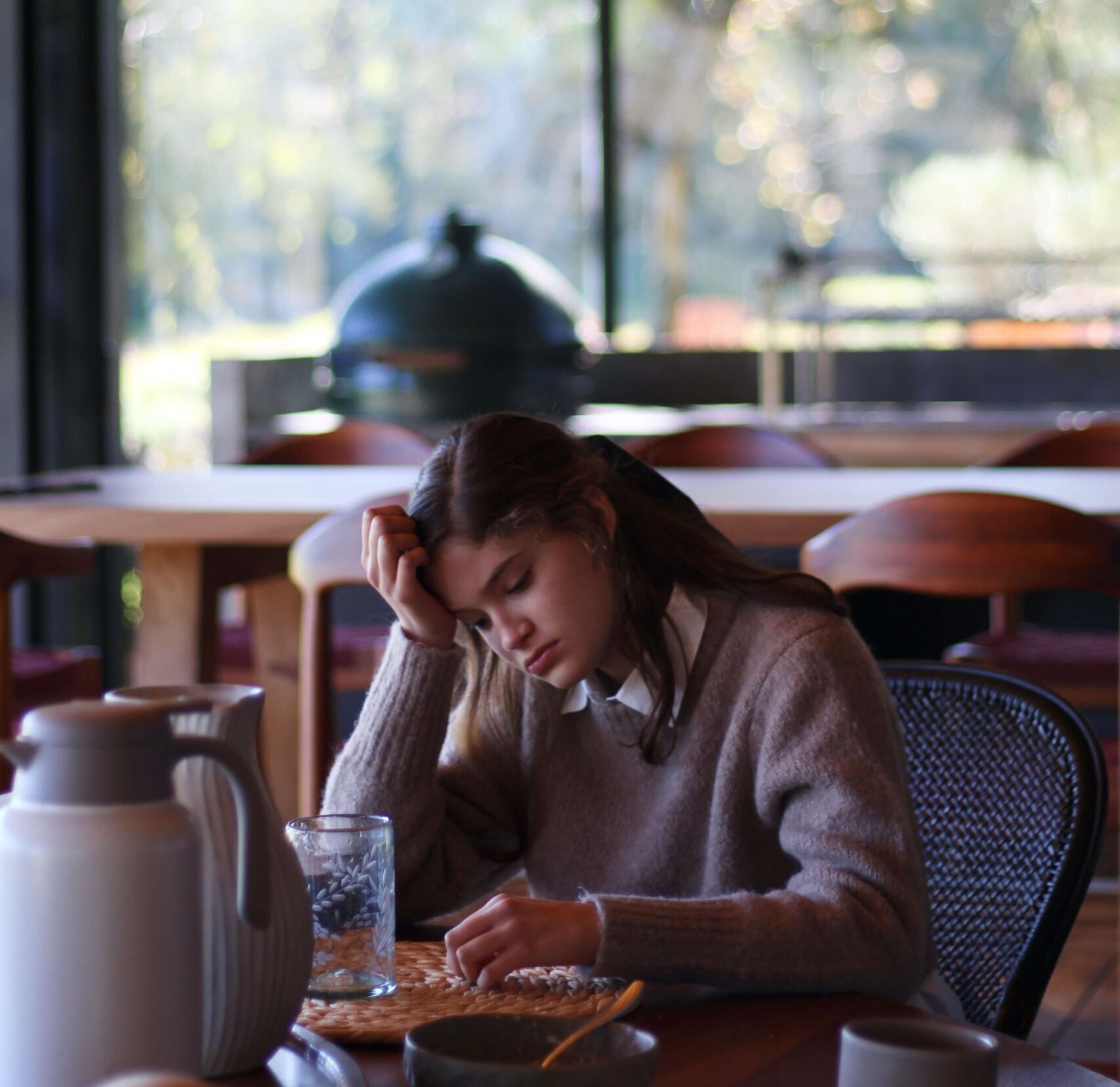Obsessive-Compulsive Disorder
By Anyday Dev
Stormy So, there’s a hella thunderstorm out right now and here I am in my room. Counting. If I just keep…
December 14, 2021

Dangerous Games
Someone had the sense to call 911.
We’d been playing Beer Pong and the usual games. Even though the girl was wasted, she kept egging us on to play another round. Then someone suggested 21 for 21. Game on.
After a few times around the circle, she stumbled off to the bathroom. Not long after, my bladder was bursting. I banged on the door to get her to hurry up, but she didn’t answer. I tried the handle. It wasn’t locked, but something was blocking the door. With help from another guy, we managed to push our way in. She was on the floor, on her back, puke down the front of her, and she’d peed herself.
“Ew, gross,” the guy said and left.
I managed to roll her on her side. And that’s when she started to shake. I mean, really shake. I shouted for help.
It seemed like forever before the ambulance came. The paramedic said she had alcohol poisoning, which is scary shit. I Googled the long-term effects; they’re not pretty.
We’re the same age, same size. That could’ve been me. You know, I actually drank more than she did. Something I do most weekends. I’m starting to wonder if maybe…I have a problem.
What are addictions?
Any number of disorders—also called substance abuse disorders—characterized by repetitive behaviours and an inability to control the urge to use substances, despite the growing dependency, increased amounts to get the same effects, and resulting harm. When using, a person experiences a temporary “fix,” but the dosage needed to re-experience the “high” tends to increase with frequent usage.
Addictions take many forms. A person may be addicted to:
Addiction by Numbers:
How do you develop an addiction?
At first, a potentially addictive substance (cocaine) or behaviour (gambling) is pleasurable. Winning a jackpot or experiencing a high releases dopamine (associated with pleasure) in your brain. And because you’re only human, and we all like to feel good, you might like that feeling to happen again. And again.
Different drugs and behaviours tap into the dopamine reward circuit in different ways, and that’s why some, like heroine and nicotine, are more addictive than others, like caffeinated beverages. If you continue to use an addictive substance, you disrupt the normal dopamine circuitry:
Risk factors for addiction:
HELP! I need somebody
Experimenting with addictive substances does not always mean a person gets addicted. Some people, however, have addictive personalities or predispositions. Some substances/behaviours are more addictive than others.
Substance use and addiction are on a spectrum ranging from beneficial use (e.g. coffee/tea to stimulate alertness) to casual non-problematic use (e.g. a social drink after work) to problematic use (e.g. binge drinking) to chronic dependence (e.g. habitual use with negative consequences).
Seek help if you experience the 4Cs:
Try this at home
Cultural strategy
Indigenous approaches to addiction treatment may be a “Two-Eyed Seeing approach”: an integration of Western and traditional practices that are as diverse as the cultures of people in recovery. Indigenous treatment for addictions may incorporate
Musical Notes:
Music therapy may be used as a complementary treatment for addiction and can ease stress, helping people to focus on and adjust to the demands of recovery, to deal with difficult feelings, and to enhance a positive mood or to relieve low self-esteem, loneliness, and self-doubt.
Watch the TedTalk with professional musician, Mike Stevens, founder of ArtsCan Circle.
Professional harmonica player, Mike Stevens travels to remote Indigenous communities to share his music with youth addicted to solvents. He’s given away hundreds of harmonicas to help his young listeners discover music for themselves.
For more information:



